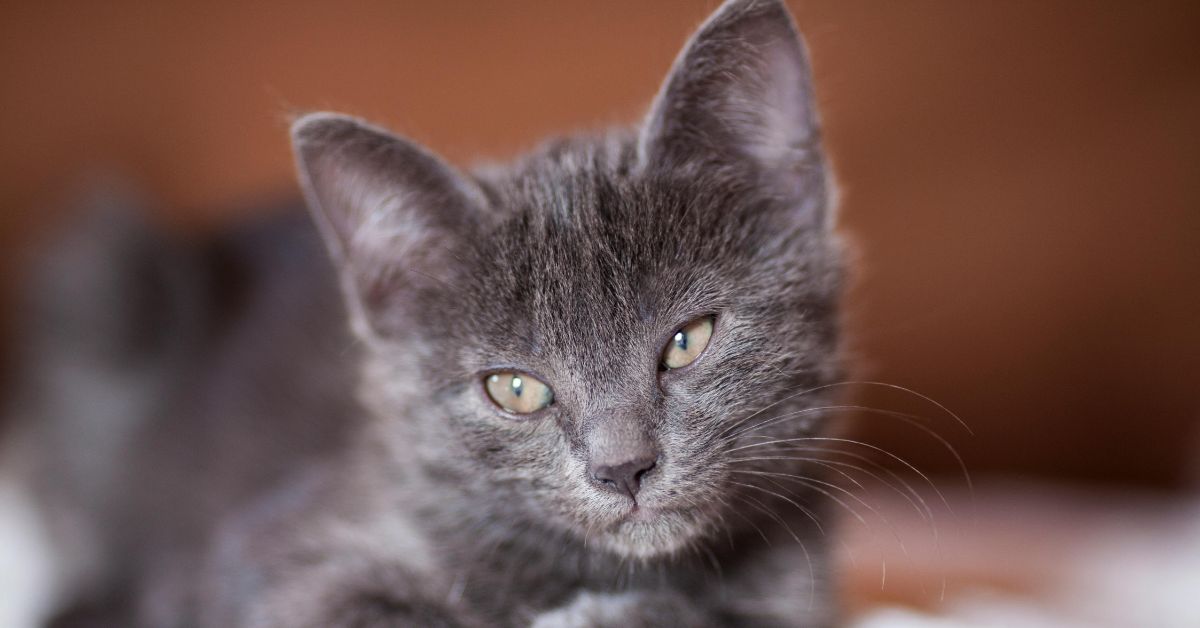The Persian cat is considered a symbol of a luxury pet especially if we talk about the elegant look and grace of the blue Persian cat which can win anyone’s heart. It is famous for its slate-blue coat, calm nature, and friendliness. If you are also a cat enthusiast and want to know about the blue Persian cat you have come to the right place. In this article, you will find everything about their needs, price, history, appearance, and requirements.
History of Persian Blue Cat
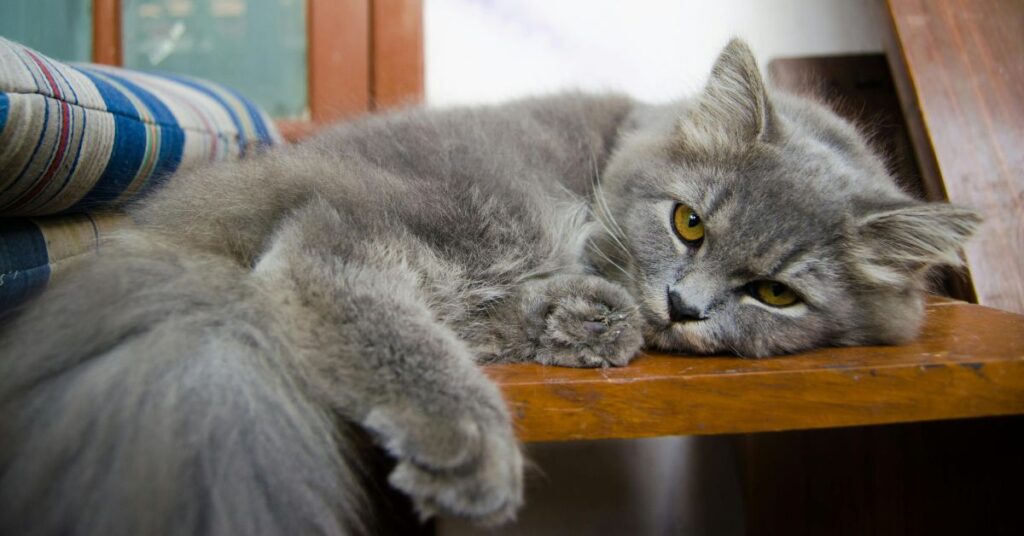
It is believed that the Persian cat originated in Mesopotamia, later known as Persia (modern-day Iran). However, it gained popularity in the 1600s when it was brought to Europe by breeders. Then gradually it emerged as a fascinating pet among cat lovers around the world due to its long fluffy fur, round big eyes, and calm and composed personality.
In the 19th century, the Cat fancier organization CFA gave official recognition to the blue Persian cat. The first blue Persian cat took part in a cat show at London’s Crystal Palace in 1871. This soft greyish-blue color is not common in most cat breeds, so its unique coat color attracted everyone’s attention and the blue grey Persian cat is very popular to this day.
Physical traits
| Traits | Description |
|---|---|
| Body Structure | Weight: 3-6 Kg Height: 10-15 Inches Face: Round Tail: fluffy Legs: short |
| Coat | Dense Fluffy Short undercoat Long outer coat Easily tangled |
| Color patterns | Solid Gold & Silver Tabby Bicolor Tortoishell |
Personality and Appearance
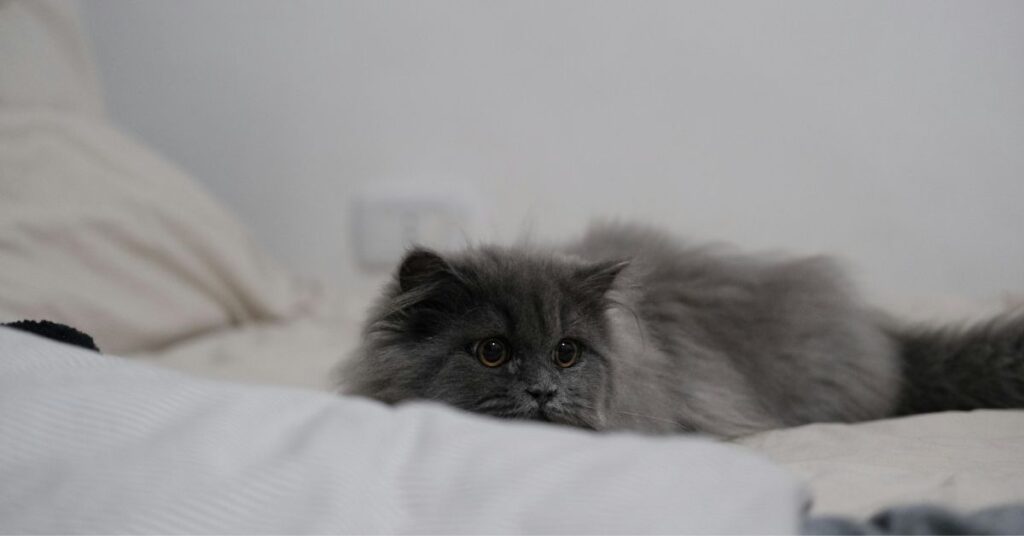
Their most striking feature is their distinctive greyish-blue coat which gives them a unique look. Apart from color, they have many other features which make them a favorite among pet enthusiasts.
Family Friendly
Blue Persian is friendly with both children and adults. If there are already pets in the house, then it adjusts easily with them which makes it a good choice for families. It is a little shy in front of strangers.
- Persians do not like loud noises, so they prefer a quiet environment.
- Before bringing a new Persian kitten into your home, remove toxic plants and chemicals from its reach.
Laid-back
This cat is not very active and mischievous. It prefers to sleep in a cozy place instead of running and jumping around the house. Due to its calm and docile nature, it is a perfect lap cat that loves to cuddle with its owner. Most of its day is spent sleeping up to 18 hours. Its lazy behavior makes it a perfect pet for homes with elderly people.
Social and Vocal
Sometimes Blue Persian kittens can be more vocal to get your attention and express their needs to you. They make purr vibration sounds when petted, similar to how cats show affection. Persian pets become friendlier than dogs. They wait for you at the door and show affection when you return home. They love to be around their owner and follow him around the house. If you are unable to give your Persian kitten playtime, it will not get bored if it has another cat or dog companion.
Training
A Persian cat is a brilliant pet that adapts easily to new things. It learns everything from litter training to advanced training easily. It is best to train Blue Persian from kittenhood. When they learn new tricks, you can give them treats as a reward which will encourage them. If you want to know important tips and tricks for training your Persian kitten, this article will be very helpful for you: How To Train A Kitten: A Step-By-Step Litter Training Guide
Blue Persian cat price
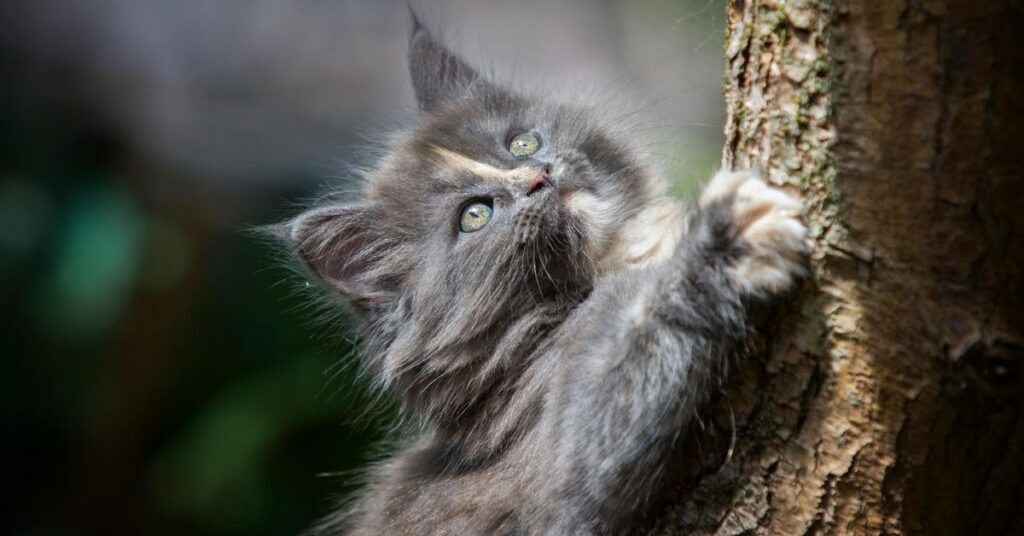
Persian blue cat price depends on many factors such as breeder reputation, age, gender, health, blue line, and where you buy from. Blue Persian cat price on average is around 30,000 Rupees – 50,000 Rupees (400-800 in dollars).
To understand the Persian blue cat price better, it can be divided into two categories:
Show Quality: Champion Bloodline Persian cats are very expensive. They are bred by experienced breeders keeping in mind the cat’s pedigree. These cats meet the standards of cat shows.
Price: 40,000 Rs to 60,000 Rs (500$ to 1200$)
Pet Quality: Their fluffy coat, big pink eyes, and calm personality can charm anyone. Their facial features and appearance are minimal compared to show-quality cats, but their elegant look and friendly behavior make them the perfect companion.
Price: Rs 25,000 to Rs 40,000 (300$ to 500$)
Is a Blue Persian Cat Worth the Investment?
You might be wondering if a Blue Persian cat will be an ideal pet for you and if the investment made in buying one will be worth it. Persians are calm and affectionate and can be a great stress buster for you. They understand emotions very well and if you are upset, they will come to you and show you cuddles and affection.
Along with the initial cost of purchase, the cost of caring and grooming should also be kept in mind. Persians have high grooming requirements.
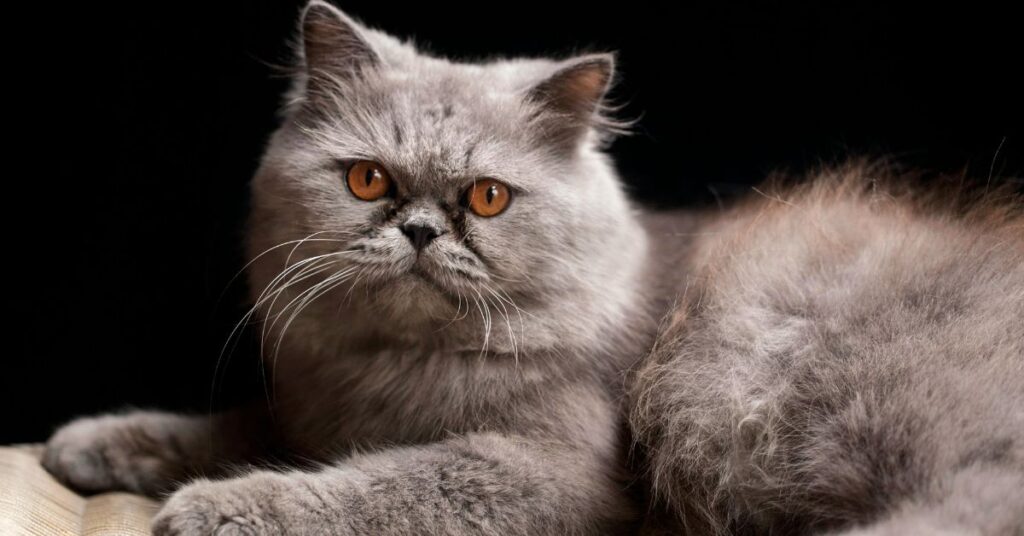
Common Health Problems in Blue Persian Cats
Persians can face several health issues. Proper care and nutrition can reduce the risk of these diseases.
Polycystic kidney disease
In this condition, multiple cysts form in the cat’s kidneys, which can lead to kidney failure. Polycystic kidney disease can be diagnosed by ultrasound. Keeping the cat or kitten hydrated is very important to maintain kidney health. So, provide clean and fresh water at all times.
Brachycephalic airway syndrome
Doll face blue Persian cat is less likely to have this problem. Punch-face cats have a brachycephalic face structure which has a short nose and soft palate. Due to their large size, they may face respiratory problems. Noise while breathing, tiredness, and loss of appetite can be some of the early symptoms.
Hypertrophic cardiomyopathy
This is a common disease in Persian cats; initially, there are no clear symptoms. In this condition, the heart walls thicken and the heart’s working efficiency decreases. Due to the reduced blood supply, less oxygen reaches the organs, which also weakens other organs. Unfortunately, there is no proper prevention for this. So before buying, ensure that the Persian kitten is healthy.
Types of Persian cat faces
Persian cats are known for their distinctive face structure, which is also a major factor in their price. Depending on the position of the nose and the shape of the skull, their face structure can be divided into three main types.
| Type | Face shape | Position of Nose | Grooming Requirements | Health Concerns |
|---|---|---|---|---|
| Doll-Faced Persian | Rounded | Slightly out | Medium | Medium |
| Peke-Faced Persian | Flat | Almost flush | High | High |
| Extreme Punch | Flat | Flat | Very high | High |
Traditional: They have a long nose and a round face. The Traditional cat is also known as the Doll Face Persian cat. It has large round eyes and sweet expressions. The Doll Face Persian cat was the first to be recognized in history.
- They have fewer respiratory problems due to their long nostrils.
Peke-Faced Persian: Also known as the Punch Face. The face is very flat, with the nose practically aligned between the eyes. The compressed facial structure lends the cat a “sad” or “grumpy” appearance. Many cat exhibitions like them for their distinctive appearance, but the structure has prompted issues about ethical breeding.
- More prone to respiratory difficulties, watery eyes, and dental problems.
Extreme Punch Face: The structure is the same as the Peke-Faced Persian, but the coat is shorter. A flat face and compact body, Their nose is pointed upwards between the eyes. Some call them by the nickname “Lazy Man’s Persian”.
Conclusion
Persian blue cat is a gentle pet that adapts quickly to any environment and is friendly with people of all ages. It will make your home a wonderful place. It can be trained to use a litter box in less than a week. I have spent a lot of time with Persian cats in the last few years. They are not aggressive at all.
Due to their long life span and loyalty, they can be your perfect companion. All you have to do is pay proper attention to their care and health. In return, they will give you lots of love and wonderful companionship.

I am Saral Kumar, a passionate blogger who dedicates my time to providing valuable information on pet care, especially cats. I create content that helps cat owners to understand their furry friends better and take care of them. I have spent the last decade trying to understand cats better. So I am sharing my valuable insights and tips with my fellow cat enthusiasts through writing.
